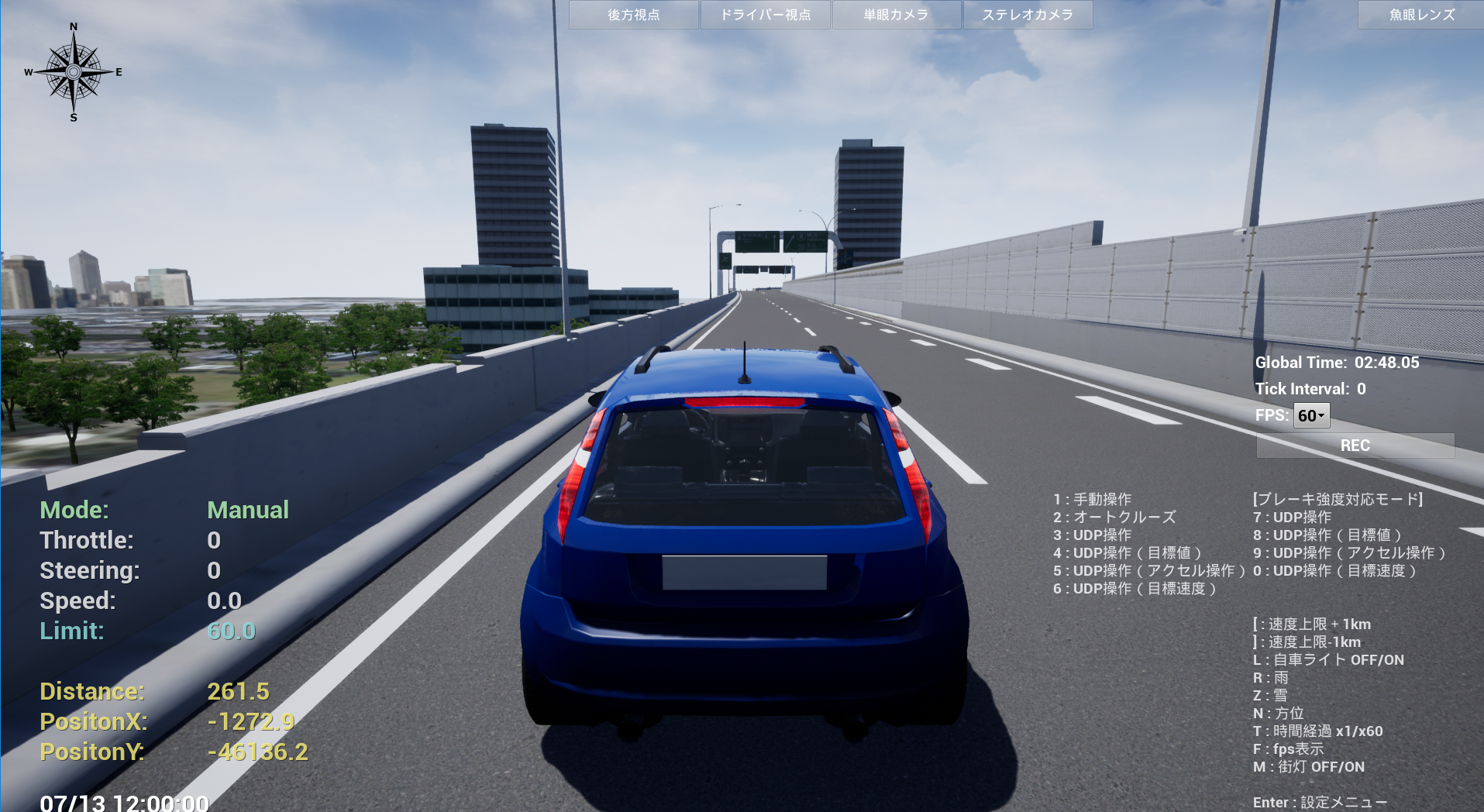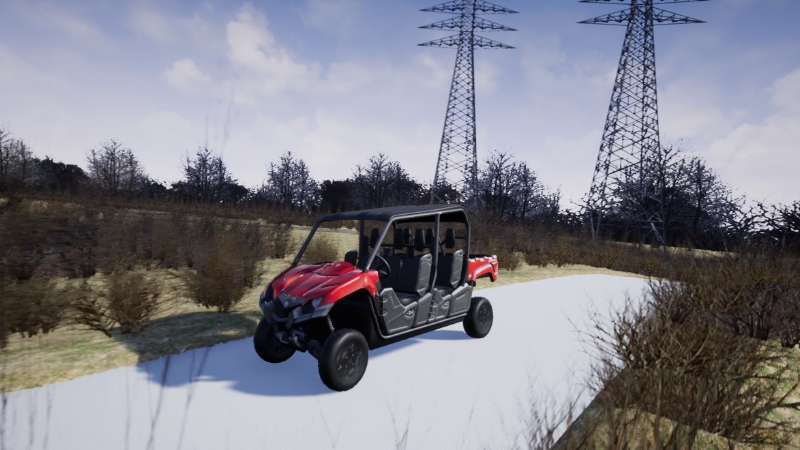CASE Safety verification of autonomous service vehicles
CUSTOMER
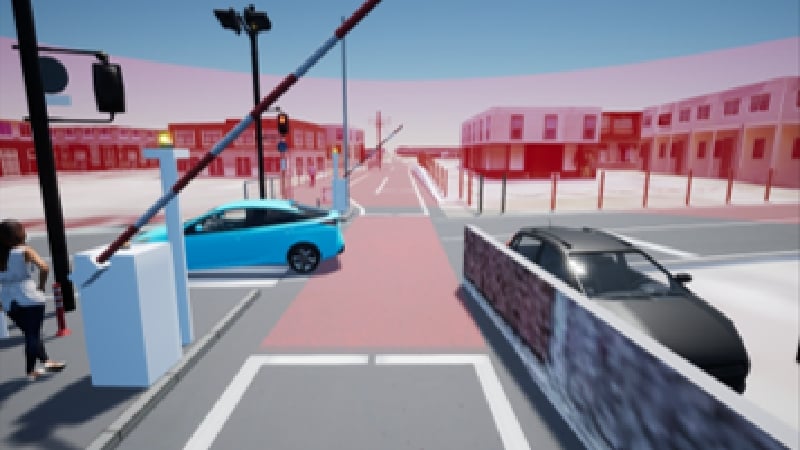
Automotive company A
Organizations involved in MaaS self-driving service
Identify potential risks in advance to take actions! Safety verification simulator for self-driving service vehicles
We have built a 3D virtual space as an efficient verification environment so that self-driving service vehicles can operate safely and practically within the city.
You can consider operation plans and safety measures for self-driving service vehicles prior to improving the road environment and purchasing actual vehicles.
Conducting various activities using this virtual 3D space will allow stakeholders such as residents to have a correct understanding about self-driving service vehicles, which are new technologies, so that the operation will be smoother.
BACKGROUND
Toward adoption of self-driving service vehicles
In Japan, laws are being amended and verification experiments are being conducted in many locations toward rolling out self-driving services (Level 4) in 40 locations by 2025.
However, apart from the technological aspects, for a wide adoption of self-driving services, it is important that they are accepted in regional communities, which is called social acceptance.
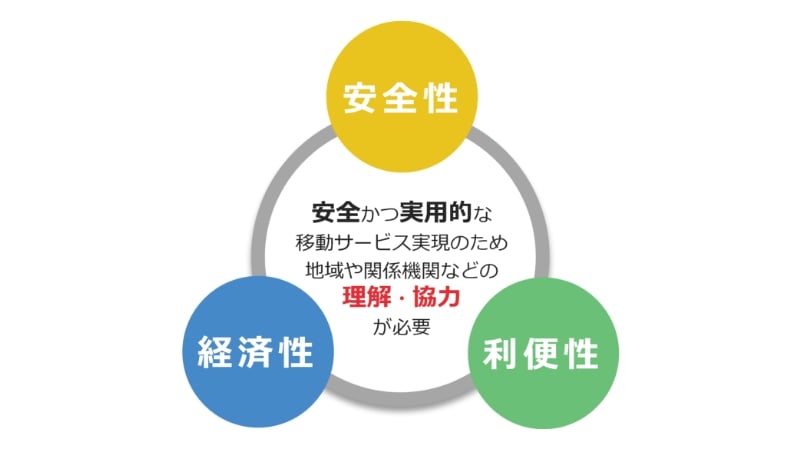
A balance of safety, convenience, and economic benefits is important
Social acceptance is important in promoting adoption of the Level 4 self-driving services. Important components to achieve this acceptance include the safety of self-driving services of course, as well as the fact that these public transit services make daily life more comfortable, and that there is economic feasibility to sustain ongoing operations. The challenge here is how we plan these and how we explain these to stakeholders including residents.
reason
Visualization of the safety of self-driving services will lead to generating social acceptance
Recreating areas where self-driving vehicles operate with other traffic in a virtual 3D space will facilitate residents' and other stakeholders' correct understanding of the services, thereby generating social acceptance.
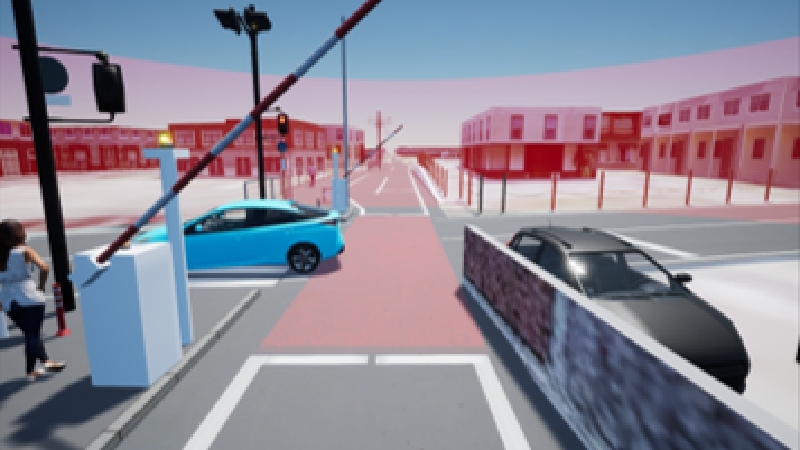
Discussions can be held with common understanding among stakeholders
A virtual space allows for repeated considerations of situations that are difficult to recreate in the real world.
Furthermore, the fact that this is in 3D makes it possible to review a scene from different angles.
These features make it possible to identify hazardous scenes associated with self-driving services in advance to consider optimal measures.
Unlike with 2D, being able to have discussions among stakeholders while sharing a common understanding is a major advantage.
future
Aiming to create a multi-purpose simulator that can be used for expanding self-driving services
The virtual 3D space that is generated in this case study is expected to be continue to be used to simulate safety. In addition to verifying safety, we are considering leveraging the features of virtual 3D spaces for use cases for Mobility as a Service (MaaS) businesses to further expand our services.

Level 4 self-driving services are permitted on public roads starting April 2023
In Japan, the revised Road Traffic Act came into effect in April 2023, and Level 4 self-driving vehicles started to be permitted to operate on public roads.
This revision is expected to further expand self-driving services in the MaaS industry. The utilization of virtual 3D space is expected to go beyond safety verification, with its use anticipated for various purposes of community revitalization.


